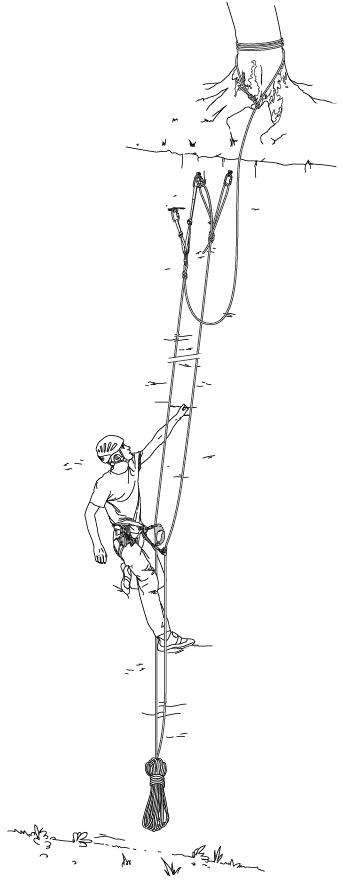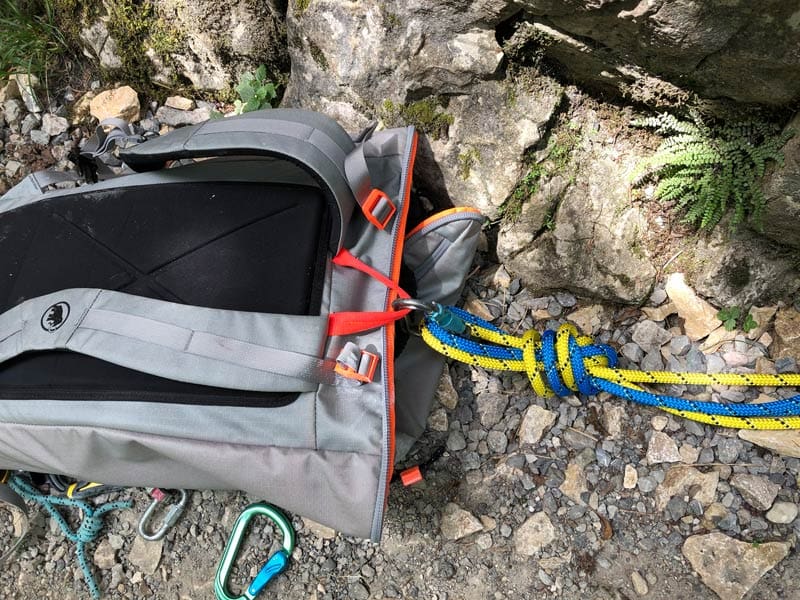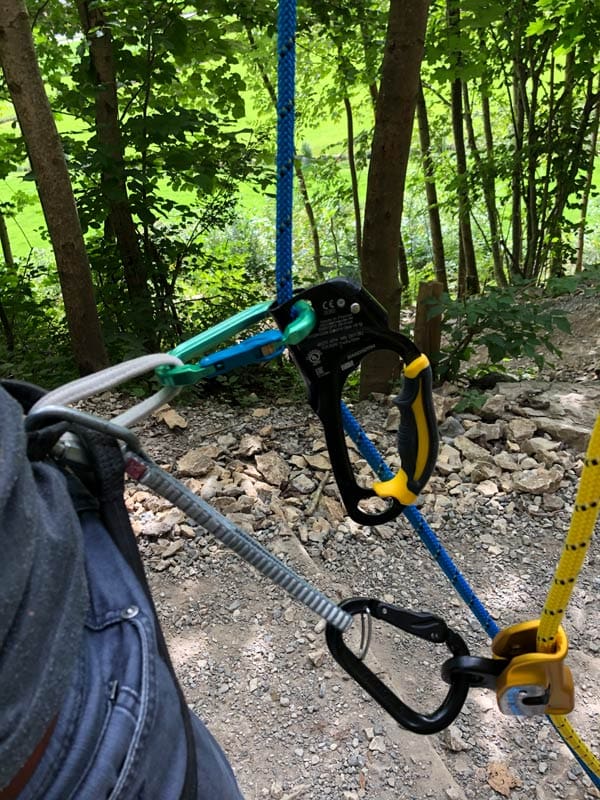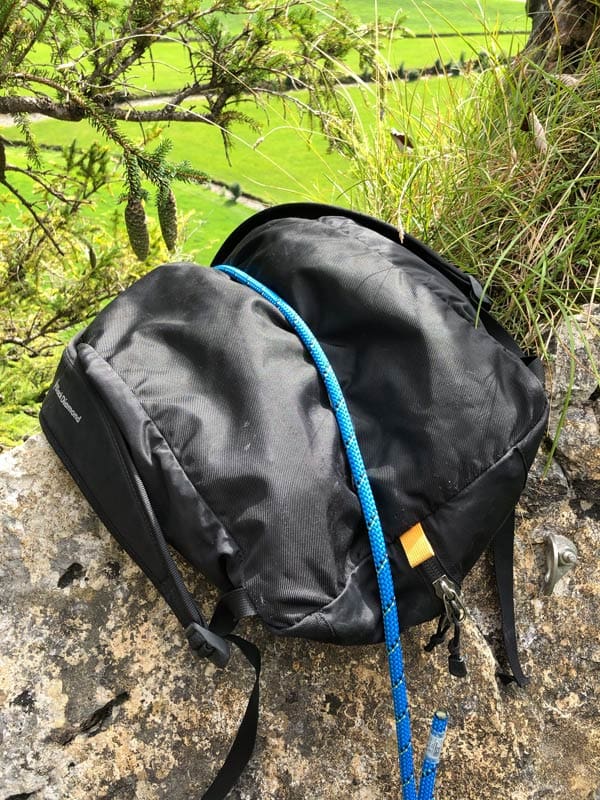If you still want to climb on the rope because you don't have a backup partner, you can also secure yourself. Here you can find out which material you need for solo rope climbing in top rope, how the structure works and what else you have to pay attention to when climbing rope solo.
Would you like to hit the rock for a short time during the week, but can't find a climbing partner? Are you traveling with your family and would like to boulder out a route without your partner constantly having to secure? How can you climb alone? We explain it.
Please note the warning following the article
Rope solo in top rope
In our article we will initially only show you the technique of how you can secure yourself in top rope climbing. Accordingly, you either have to choose a route in which you reach the stand (deflector) on foot or in which a person (family member, third person in the climbing garden) secures you on the first go in the lead ascent to set up. The technique for lead climbing solo will be explained in a later article, but it is much more complex.
Installation for self-belaying on two ropes with two rope clamps
It is not recommended to climb Rope Solo on only one rope. As a technique, we suggest self-belaying on two strands of rope (safety rope and auxiliary rope) and with two different rope clamps, because we have to assume that a single belay system can fail.
Use two different clamps so that a possible error does not repeat itself.
The second rope clamp should be a clamp without prongs, because the second system has the function of a backup and only comes into play after a slightly increased fall. If a system such as Micro-Traxion with spikes is used as a back-up system, there is a risk that the rope will be damaged or even cut.
Important:
- The second rope clamp (Rescucender) must not be understood as an additional load.
- The two rope clamps must not hinder each other, for example touch.
- Two different rope clamps must be used to reduce the risk of repeating the same error.
You need this material for self-belaying when solo climbing in the top rope
- An ascender: Petzl Ascension
- A rope clamp: Petzl Rescuer
- 2 carabiners with 3-way opening: Petzl OK Triact-Lock carabiner
- 1 locking ring (Maillon Rapide): Petzl Go
- Quickdraw 17 cm: Petzl Axess
- Two static ropes: Petzl Parallel Custom (We recommend the use of static ropes for self-belaying in top rope, because you won't end up two meters further down when sitting in the rope due to the stretch)
- Loops and carabiners to attach the fixed ropes to the stand
This is how the fixed ropes are set up for solo climbing

First you fix the safety rope to the stand (two bolts). In addition, you use a second, independent securing point to secure the safety rope.
The auxiliary rope is installed separately on the stand, i.e. not at the same securing point as the safety rope. You pick up the end of the rope and let it dangle in the air. You can also pack it in a backpack. The weight pulls the ropes down, which means that the rope clamps run optimally when climbing.

This is what the structure for self-belaying on the climbing harness looks like

- The Ascension ascender is attached to the safety rope (blue) and attached to the rope ring of the climbing harness using the OK carabiner.
- The Rescucender rope clamp is attached to the auxiliary rope (yellow) and attached to one end of the quickdraw using the OK carabiner. The Go locking ring (Maillon Rapide) is attached to the other end of the quickdraw and this in turn is attached to the two rope points of the climbing harness.
After installation, check that both rope clamps can be easily pushed up the rope and immediately lock down. Make sure that all carabiners and the locking ring are locked before climbing.
Practical tips on the setup for rope solo climbing
There are other points that you have to consider when solo rope climbing in top rope, so that safety is guaranteed and you really have fun with it.
- Choose a climbing route that is as straight as possible. Otherwise the rope will get in your way while climbing and there is a risk that the rope will be chafed by pendulum movements!
- A not You can defuse straight ropes with intermediate securing devices.
- Make sure that the safety and auxiliary rope does not run over a sharp edge. If this cannot be avoided, use suitable edge protection for the rope at the affected area.
- Remember to bring the necessary equipment with you for abseiling after the top rope ascent, unless you can get out at the top and run down.

You can find more information on the topic at Petzl Suisse website. At this point we would like to thank Petzl Switzerland for making the material available!
warning
When it comes to sport climbing and mountaineering, a rope team is the best guarantee of safety. Still, solo climbing on fixed ropes is an option practiced by climbers.
The self-locking solution proposed in this article is based on the analysis of known techniques and accident research. The solution is a safety system that offers efficient blocking, easy rope passage, convenient operation and redundant safety.
The implementation of the technique presented here for solo climbing is reserved for experienced climbers. The implementation in practice is at your own risk. LACRUX climbing magazine as well as persons or organizations mentioned in the article reject any liability.

